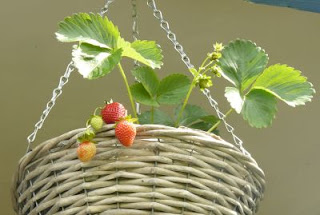Overflow at the Queanbeyan Weir

The Queanbeyan weir was originally established to provide a water source for the town, but has since been adapted/adopted as a means of making the centre of town attractive (see entry for damming in this page ). I have commented elsewhere about the desirability of the area for platypuses. So it was with great interest that I took this image of water flowing over the weir this afternoon. This does, of course, mean it has been raining again. Basically it has been precipitating for two days giving us 54mm by dark on 29 November (and an as yet unknown amount thereafter). More is forecast over the rest of this week. The forecast was spot on. For traditionalists, one must record that a horny handed son of toil was sitting in a truck, and reading a newspaper, looking down at the weir. I did not ask if his name was Clancy , nor check to see if his thumbnail had been dipped in tar. A couple of days later I decided the time had come to decide if the COG outing to...






